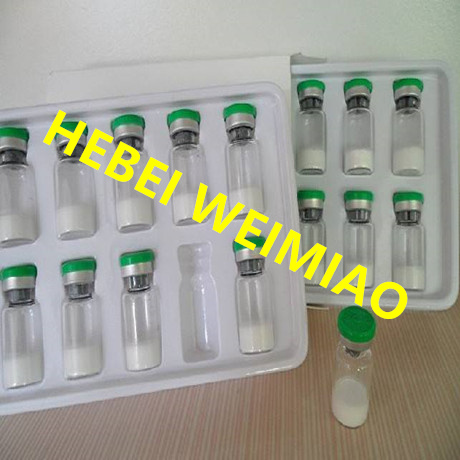
- +86-13363869198
- weimiaohb@126.com

Dec . 05, 2024 13:33 Back to list
Analysis of China S-23 CAS 1010396-29-8 and Its Chemical Properties
Understanding CAS 1010396-29-8 China S-23 and Its Implications
In the realm of modern chemistry and pharmacology, the chemical compound identified by the CAS (Chemical Abstracts Service) number 1010396-29-8, commonly referred to as China S-23, has emerged as a topic of significant interest. This compound has sparked discussions in various domains, including fitness, medicine, and regulatory considerations. In this article, we will explore what China S-23 is, its potential applications, and the implications of its usage.
What is China S-23?
China S-23 is categorized as a selective androgen receptor modulator (SARM). SARMs are a class of compounds designed to selectively stimulate androgen receptors in muscle and bone tissues, avoiding the undesirable effects commonly seen with traditional anabolic steroids. The primary allure of SARMs like S-23 lies in their potential to enhance muscle growth, increase strength, and improve physical performance while supposedly minimizing side effects associated with anabolic steroids.
Historically, SARMs were developed for medical applications, particularly in the treatment of conditions such as muscle wasting, osteoporosis, and certain types of cancer. Nevertheless, their increasing popularity among athletes and bodybuilders has led to heightened scrutiny by regulatory authorities.
How Does S-23 Work?
S-23 operates through a mechanism that involves binding to androgen receptors in the body. By doing so, it can promote anabolic activity in muscle tissues while exerting anti-catabolic effects. This selective action makes S-23 an intriguing choice for those seeking to enhance physical performance and improve body composition.
Some studies have indicated that S-23 could lead to significant increases in muscle mass and strength, as well as fat loss. However, while preliminary research is promising, the long-term effects and safety profile of S-23 remain largely unknown. Most of the evidence regarding its efficacy comes from animal studies rather than extensive human trials.
china s-23 cas 1010396-29-8

Potential Benefits and Risks
The potential benefits of S-23 have attracted bodybuilders and athletes looking for an edge in performance enhancement. Users often claim that it aids in muscle retention during cutting phases and assists in rapid muscle gain during bulking phases. Additionally, it is believed to improve endurance levels and enhance recovery times after intense workouts.
However, the use of S-23 is not without its risks. The lack of comprehensive human studies means that users may encounter side effects that are not yet well-documented. Some users have reported issues such as hormonal imbalances, liver toxicity, and cardiovascular complications. Furthermore, regulatory bodies such as the World Anti-Doping Agency (WADA) have placed SARMs, including S-23, on their prohibited substances list, which raises ethical questions regarding their use in competitive sports.
Regulatory Landscape
As the popularity of SARMs like China S-23 continues to rise, regulatory agencies around the world are grappling with how to address their use. In countries such as the United States, SARMs are not approved for human consumption, yet they remain widely accessible through online channels. This regulatory gray area presents both dangers and risks for consumers who may not fully understand what they are purchasing.
Conclusion
China S-23 (CAS 1010396-29-8) is a compound that represents the cutting edge of pharmacological research, offering potential benefits in muscle growth and performance enhancement. However, it is imperative for users to approach this compound with caution, given the current lack of comprehensive human research and the potential for significant side effects. As regulatory scrutiny increases, the future of S-23 and similar compounds in both medical and recreational contexts remains uncertain. Anyone considering the use of such substances should be well-informed and consult with healthcare professionals to navigate the complexities surrounding their use responsibly.
-
Premium CAS 1451-83-8 Factory with GPT-4 Turbo | AI-Optimized
NewsJul.31,2025
-
Pharmaceutical Intermediates - AI-Optimized Synthesis & Purity
NewsJul.31,2025
-
Top CAS: 79099-07-3 Factories & Wholesale Supplier from China
NewsJul.30,2025
-
High-Quality GS-441524 for White Liquid Type Factories & Suppliers
NewsJul.29,2025
-
High-Quality Pharmaceutical Intermediates for Sale – Reliable Supply
NewsJul.29,2025
-
High-Quality Pharmaceutical Intermediates for Sale - Reliable Solutions
NewsJul.29,2025